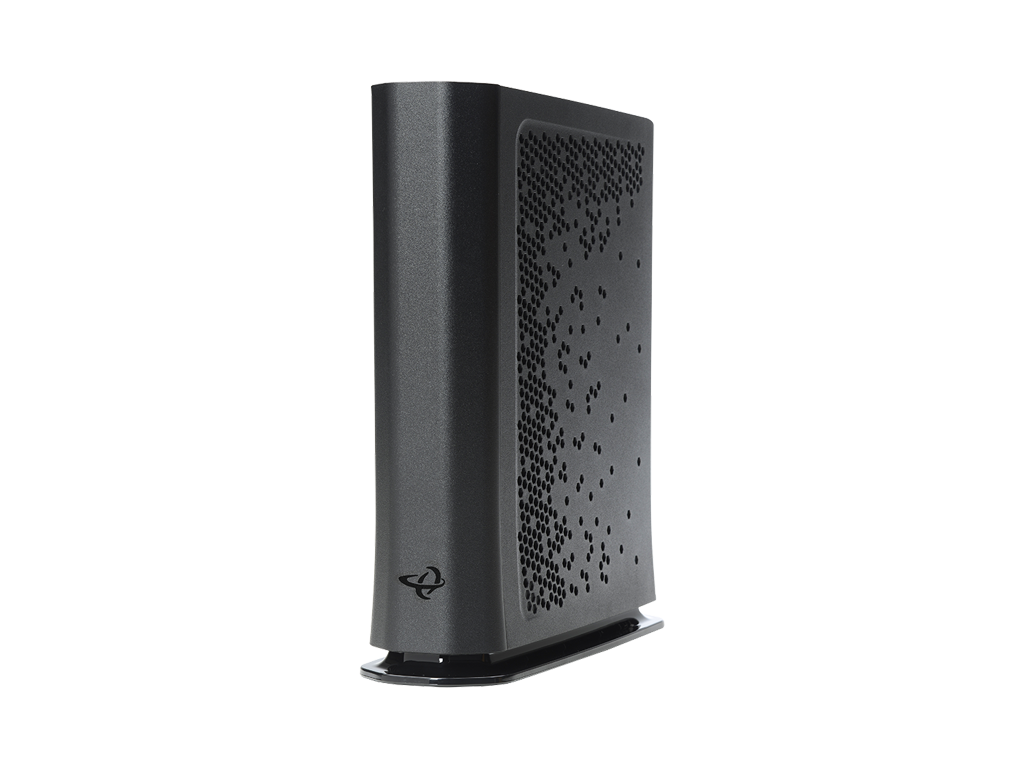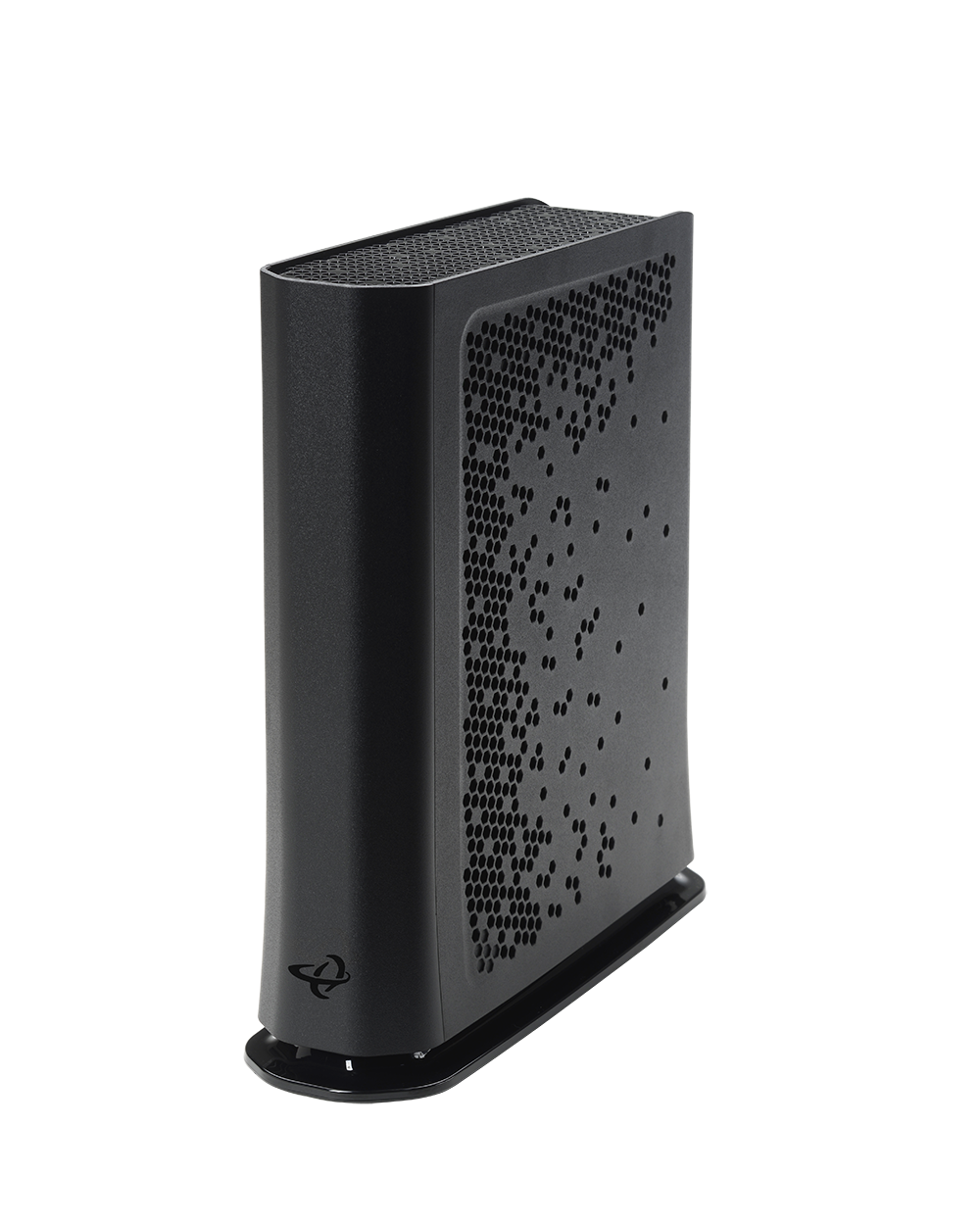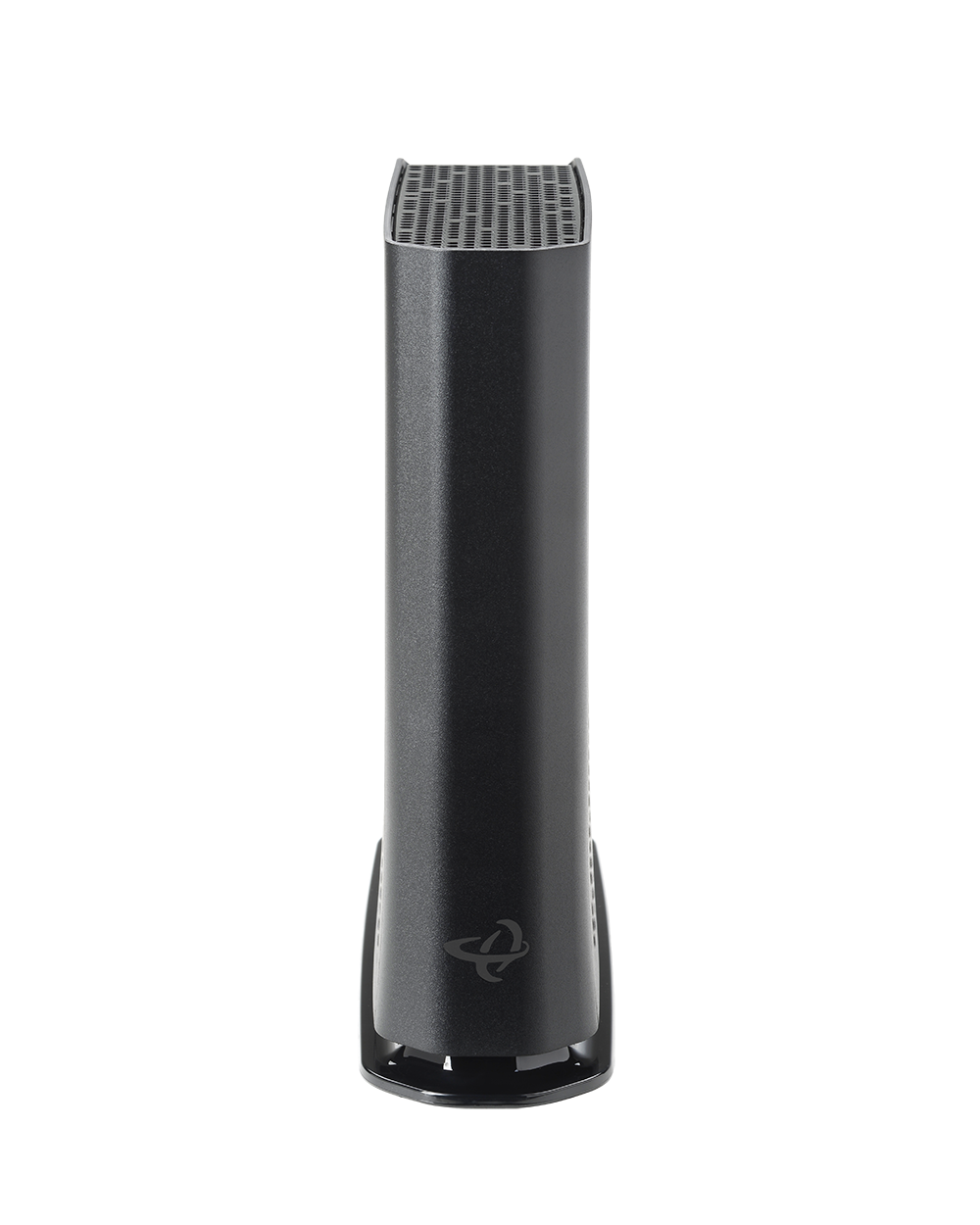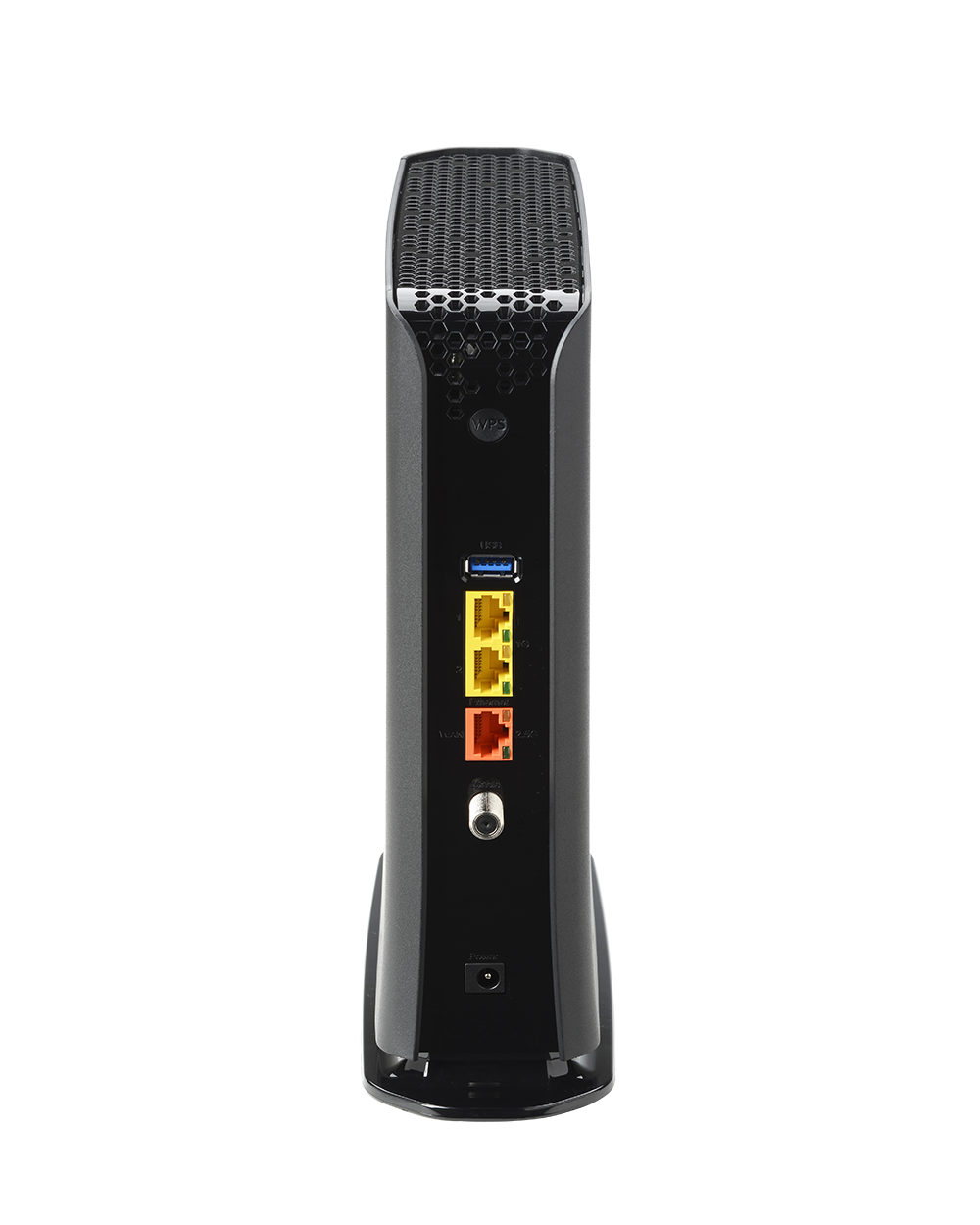DOCSIS 3.1 with Full Backward Compatibility
Supports 2×2 OFDM/OFDMA plus DOCSIS 3.0 32×8 bonding to ensure multi-gig performance today with smooth compatibility for existing DOCSIS 3.0 deployments.
Extended Downstream to 1218 MHz
Provides expanded downstream capacity, enabling more throughput and future-proofing networks for higher-speed broadband plans.
Flexible Upstream Frequency
Switchable upstream modes (5–85 MHz / 5–204 MHz) support mid-split and high-split transitions without hardware replacement.
Wi-Fi 6 Advantage
Dual-band Wi-Fi 6 with 4×4 5 GHz and 4×4 2.4 GHz radios ensures higher speeds, lower latency, and improved efficiency for multiple connected devices.
Multi-Gig Wired Connectivity
Features 1× 2.5 Gbps Ethernet port and 2× 1 Gbps ports for high-speed wired backhaul and device connectivity.
Carrier-Grade Management
Supports TR-069, TR-369, SNMP, and HNAP, and integrates with Hitron’s management ecosystem (MyHitron+, HitronCloud) for simplified provisioning, troubleshooting, and diagnostics.
Benefits for Service Providers
- Future-Proofed with Extended Downstream: Ready for faster broadband services thanks to 1218 MHz downstream support.
- All-in-One Simplicity: Combines DOCSIS 3.1 modem and Wi-Fi 6 router into one device to reduce install complexity and streamline support.
- Flexible Deployment: Backward compatible with DOCSIS 3.0 and adaptable to evolving upstream splits.
- Enhanced Customer Experience: Strong Wi-Fi 6 and multi-gig wired connections support 4K/8K streaming, gaming, smart homes, and more.
Key Specifications
- DOCSIS Support: DOCSIS 3.1 (2×2 OFDM/OFDMA) + DOCSIS 3.0 (32×8)
- Downstream Band: Extended up to 1218 MHz
- Upstream Modes: Switchable 5–85 MHz / 5–204 MHz
- Wi-Fi: Dual-band Wi-Fi 6 (4×4 5 GHz + 4×4 2.4 GHz)
- Ethernet Ports: 1× 2.5 Gbps + 2× 1 Gbps
- Management: TR-069, TR-369, SNMP, HNAP, MyHitron+, HitronCloud
- Other Features: IPv4/IPv6 support, multiple SSIDs, advanced security and firewall features
Documentation
Other Products to Consider
Product
Modem Type
Frequency
WiFi
Wired LAN
Voice
Learn More about Cable Modems & Routers
Cable Modem Router Must-Have Features
We wrote a similar article about the must-have key features for a cable modem. But this one focuses on the key features of a cable modem router. What’s the difference? Cable modem: A cable modem is a hardware device that uses a coax cable to connect your computer...
Should You Buy or Rent a Cable Modem?
When you connect with an Internet service provider (ISP) to set up Internet in your home, often they will try to make installation easier by offering a modem or modem/router for an additional fee per month. This seems like the best option and more convenient because...
Cable Modem Must-Have Features
If you are looking to set up Internet in your home for the first time or upgrade your current Internet service and set up, there are things to consider. One of those things is the hardware you need to make everything work. Even with wireless Internet, there is...
Cable Modems 101: Difference Between DOCSIS 3.0 & 3.1
If you have cable Internet, which is broadband from your Internet service provider (ISP) that uses coaxial cables to deliver bandwidth, then you have a DOCSIS cable modem. DOCSIS stands for Data Over Cable Service Interface Specification. It’s a cable technology...
Cable Modem vs Cable Modem Router
Is it better to have a modem, a router, or a combo modem router? Are there benefits to having a modem with a router, or should you keep them separate? These are the questions we are answering on this page. Cable modems and cable modem routers sound very similar but...




